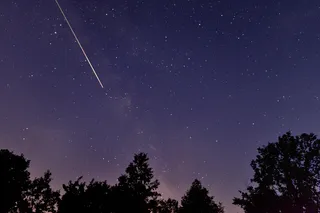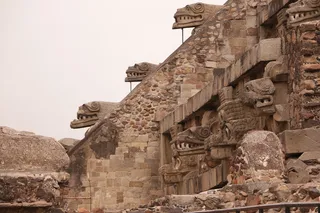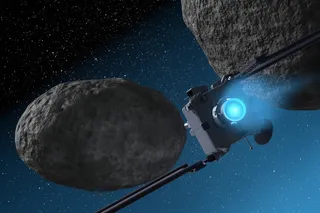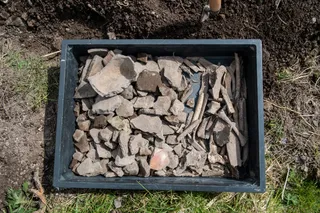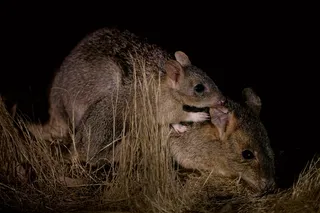This is a guest post composed as part of the NSF “Science: Becoming the Messenger” workshop
held in Lawrence, Kansas on January 27-28, 2011. Much of the discussion regarding evidence for global climate change deals with hot times in the Arctic, melting glaciers, loss of Arctic sea ice, or flooding coastlines. With a discourse on climate change that creates multiple views of whether or not climate change is real, those far away from the hot spots might think that climate change may not be happening. Some might think that with a conversation about climate change: “that we are not in Kansas anymore.” Environmental extremes have played a significant role in the history and development of the State of Kansas. A global demand and relatively benign climate lead to an expansion of acres planted in wheat during the 1920s. The drought and Dust Bowl of the 1930s followed with horrific results. Adaptations followed with establishment of the Soil Conservation Service and efforts creating terraces and contour plowing as soil management strategies. Another significant drought in the 1950s helped Kansans see the value of these human adjustments. In reaction to concerns regarding water availability for crop production and technological developments, Kansas farmers have seen the value of investing in center-pivot irrigation to enhance yields per acre. Extremes in Kansas climate include too much water as the major flood years of 1951 and 1993 have illustrated. While Pick-Sloan legislation had authorized a number of big dam projects for Kansas rivers, it took the flooding in 1951 to get federal funding authorized for major reservoir construction. These human adaptations to environmental extremes again document the response by Kansans to a fickle and changing climate. Whether it be taking advantage of new ideas or new technology, history is replete with examples of how Kansans have made adjustments and adapted to changing environmental conditions. The evidence is clear. Kansans have and can adapt to climate change. - by J Harrington Jr




